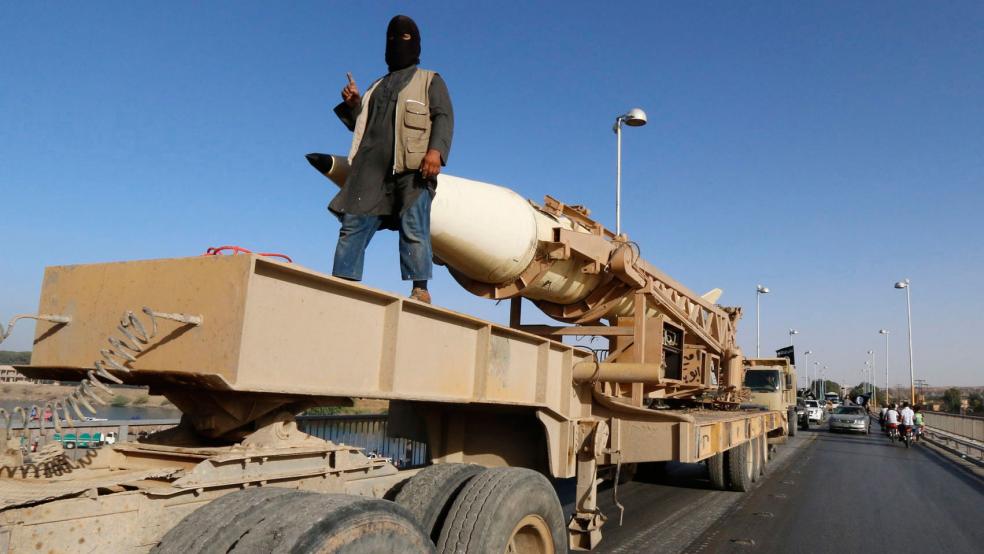The United States has sent additional military advisers to Iraq and increased the number of drone flights to 50 per day, up from one flight a month. Yet so far this has done little to stop the rise of the jihadist terror group, the Islamic State, abbreviated as ISIS or ISIL, which has transformed itself from a loosely aligned band of militants to a full-blown army of terrorists, Brett McGurk, the deputy assistant defense secretary for Iraq and Iran, told the House Foreign Affairs Committee on Wednesday.
“ISIL is worse than al Qaeda,” said McGurk. “ISIL is no longer simply a terrorist organization. It is now a full-blown army seeking to establish a self-governing state through the Tigris and Euphrates valley in what is now Syria and Iraq.”
Related: ISIS – From Terror Group to ‘Full-Blown Army’
McGurk’s testimony shows just how quickly ISIS has grown and established itself as a legitimate military force. Back in February, McGurk warned that the threat from al Qaeda was increasing in Iraq. In the last six months, ISIS has broken with al Qaeda and introduced elements of sharia law across western Iraq and eastern Syria. It is now on the verge of taking Baghdad.
“We did see this coming,” said Chairman Ed Royce (R-CA). “And that makes it even more troubling that the administration didn’t do what was necessary to prevent [ISIL] from taking over such a large swath of Iraq.”
Royce and other Republicans on the committee slammed the Obama administration for failing to conduct drone strikes against ISIS. McGurk, however, said that it was not clear if a drone strategy would effectively stop the group.
“The first principle, and the president’s policy is that we want to enable local actors to be able to secure their own space as best we can. That was also the desire of the Iraqi government,” McGurk said. “The information we have now on these networks is night and day from where it was in May, when the request from the Iraqis first came in. And there is a significant risk, Mr. Chairman, of taking any military action without that level of granularity.”
Related: The Perfect Storm About to Hit the Pentagon
“There will not be an exclusively U.S. military solution to ISIL,” added Elissa Slotkin, a defense department deputy for policy. “Iraqis must do the heavy lifting.”
Partisan squabbling continued throughout the hearing. This overshadowed the stark reality contained in McGurk’s testimony: The United States does not have an effective strategy for stopping Iraq, short of the unthinkable: sending troops back to Iraq to dismantle the group.
As McGurk and Slotkin said, drone strikes would be an ineffective way to stop ISIS. The group controls too large an area for precision strikes to be effective.
The only other option offered by McGurk and Slotkin was to assist the Iraqi military in its fight against ISIS. But the ease of the ISIS advance, combined with fractional fighting within the Iraq army, inspires little confidence in Iraq’s ability to turn back the group.
Related: U.S. Again Misreads the Players in Mideast Crisis
The creation of an organized ISIS military is also troubling for neighboring countries. The group has stated that it wants to expand its territory to Jordan, Lebanon, and parts of Israel. It now has the means to invade – which raises the prospect for war in the region.
The inability of the U.S. to take effective action to stop ISIS was best summed up by former Air Force pilot and Iraq war veteran Rep. Adam Kinzinger (R-IL).
“The administration is just paralyzed – they don’t know what to do,” Kinzinger said. “Political solutions are not something that we can put in a microwave and expect to happen in a short amount of time.”
Top Reads from The Fiscal Times:





